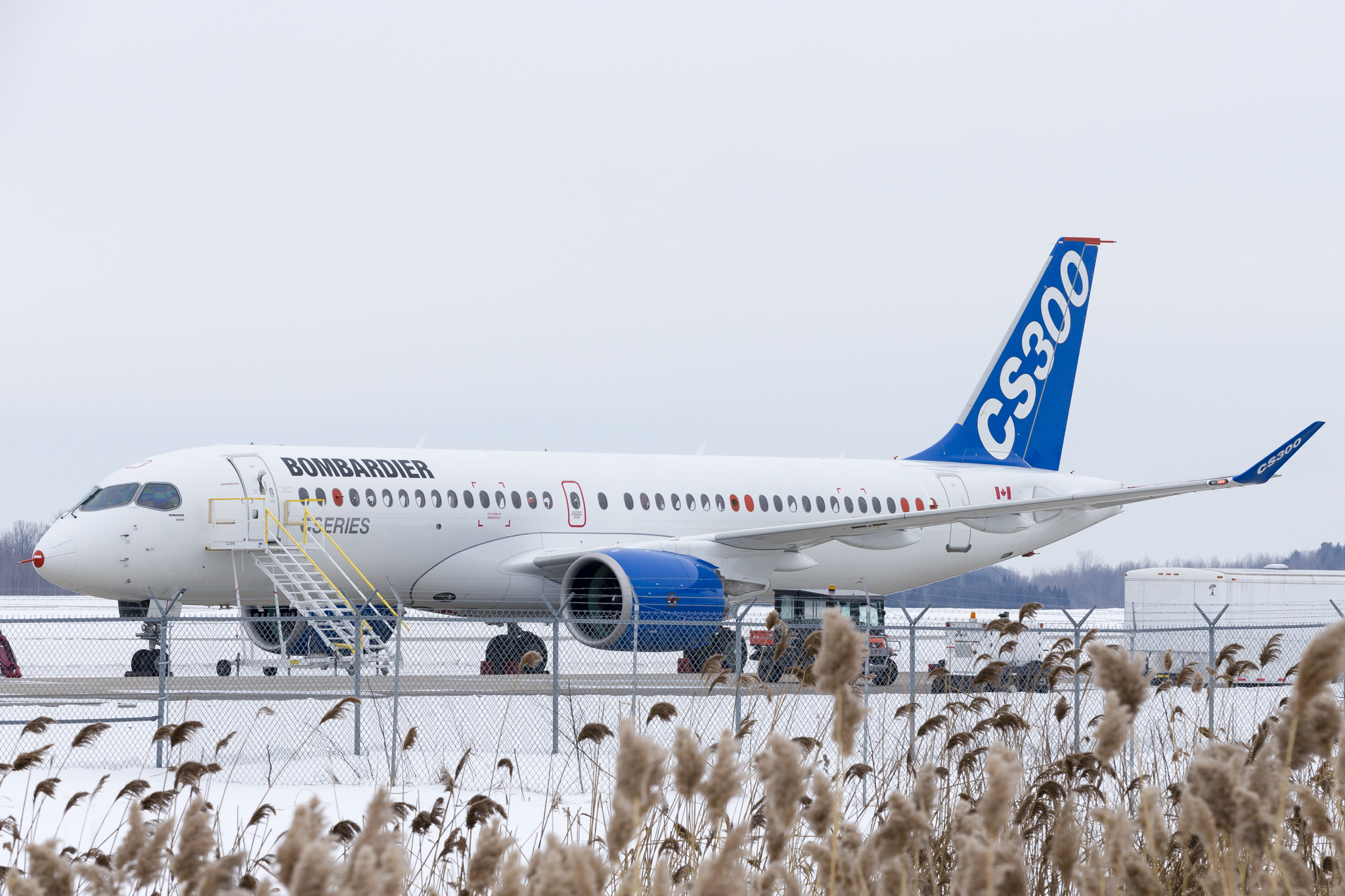Leeham News and Analysis
There's more to real news than a news release.
Leeham News and Analysis
- At long last, Boeing appears near certification and EIS for 777X
- Air India Flight 171 Preliminary Crash Report Is Unclear Regarding Pilot Actions
- Bjorn’s Corner: Air Transport’s route to 2050. Part 30.
- It’s official: MTU’s engine leader named CEO of Airbus Commercial from Jan. 1; future of Open Fan and A220-500 shifts to him
- Embraer E2: Where will the orders come from?
Bombardier CS300 analysis vs A319neo, 737-7
By Bjorn Fehrm
Subscription required
Introduction
March 29, 2015, c. Leeham Co: Bombardier’s big bet in the aeronautics sector, CSeries, is well into flight testing, now more than half way toward the 2,400 hours required by Transport Canada before certification can be granted. The first aircraft to be certified will be the smaller 110 seat CS100 but the market is most interested in the larger 135 seat CS300, which has 63% of present orders and commitments, Figure 1.
Bombardier's new CEO, Alan Bellemare, told reporters last week that the CS100 would be certified during 2015 with entry into service slipping into 2016. The CS300, which is a direct challenger to Airbus' A319neo and Boeing's 737-7, should follow six months after CS100. With the CS300 in flight testing and going into service next summer, we decided to have a deeper look at CS300 and its competitors.
Summary
- A319 and 737-7 are shrinks of the market's preferred models, A320 and 737-8, and as such not the most efficient models.
- The CS300 is the series center-point and it shows. The modern design beats the Airbus and Boeing designs on most counts.
- Part of the modern concepts in CSeries is the well-conceived Pratt & Whitney PW1000G geared turbofan.
- PW's 73 in fan version of the PW1000G for CSeries is slightly less efficient that the 81 in version for A319neo but CS300 lower weight makes sure this is more than compensated for.
To read the rest of the article Login or Subscribe today.
Category: Airbus, Boeing, Bombardier, CFM, China, Comac, CSeries, Embrarer, GE Aviation, International Aero Engines, Pratt & Whitney, Premium, Sukhoi, United Aircraft, YAK
Tags: 737, 737 MAX, 737-7, 737NG, A319neo, A320, A320NEO, Airbus, Boeing, Bombardier, CFM, Comac, CSeries, E-195 E2, E-Jet E2, Embraer, GTF, LEAP-1A, Leap-1B, Pratt & Whitney


